Despite witnessing a significant drop at the beginning of 2020, global trade continues to grow. The newest technology makes shipping easy and ports struggle to satisfy the continually rising demand. As a result, customers enjoy the better-developed infrastructure and increased operation speeds for supply chain. However, increased demand also leads to port congestion: another reason for delayed shipping. Here, we’re explaining what port congestion is and its effect on the auto transport industry.
What is Port Congestion?
Shipping terminals process thousands of international maritime cargo shipments a day. A sudden upsurge in the demand for transportation services can disrupt their normal work. This can lead to an unwanted delay in the transportation industry: port congestion.
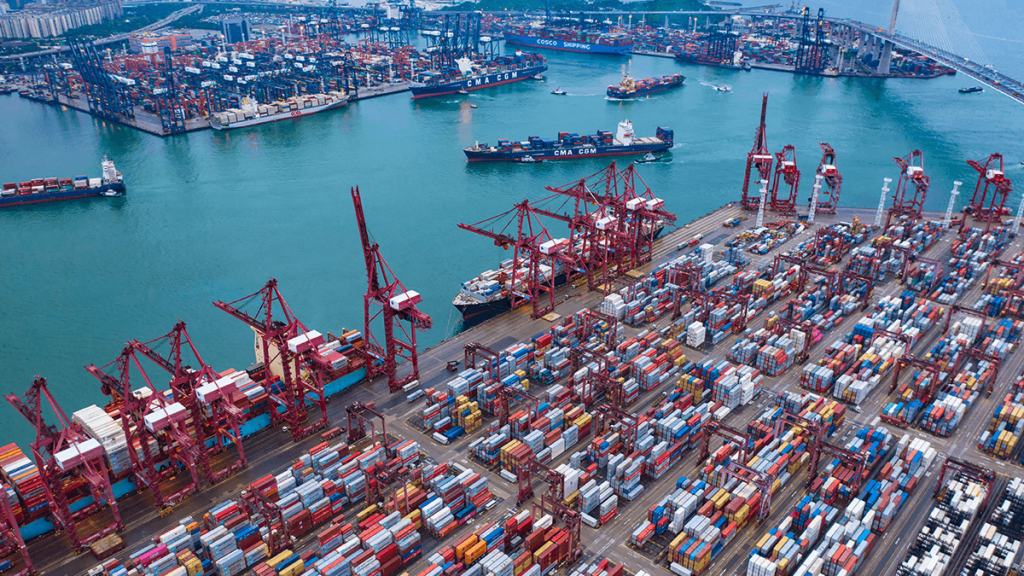
A ship can neither enter the facility nor berth at it during congestion at the port. Truckers are likely to follow restrictions regarding the number of daily pickups and deliveries to the port. Supply chains’ operation speed reduces due to a huge number of shipments awaiting loading or unloading. Take into account that additional charges for storage and time loss may be incurred by the port facility, shipper, or both.
Causes of Port Congestion
There are multiple reasons behind port congestion. Any of the following may account for delays that happen in ocean freight, especially during peak seasons like winter holidays and summer.
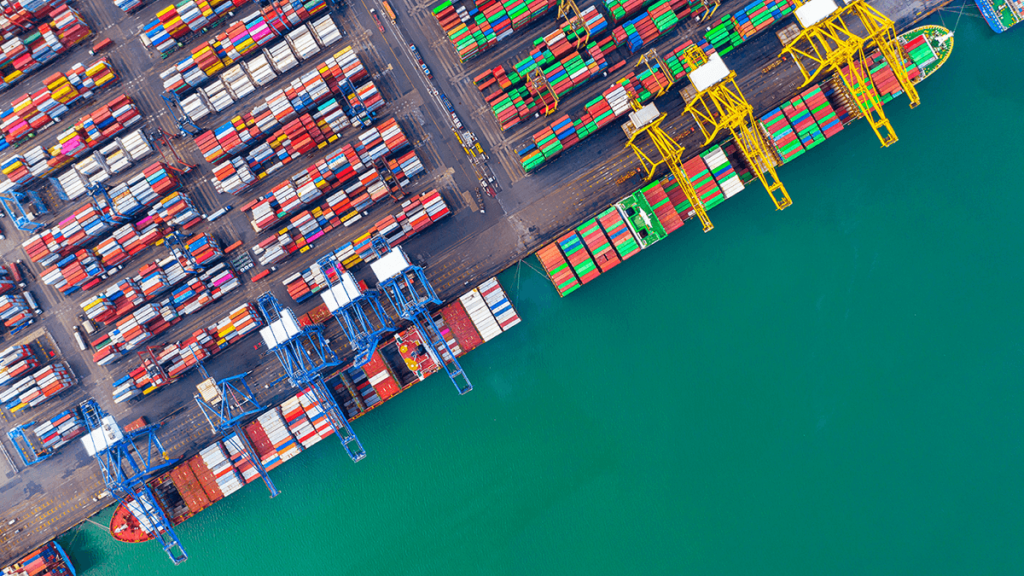
- Inclement weather (including hurricanes and snowstorms)
- Poor planning from the port authorities
- Lack of cargo handling equipment or workforce
- Insufficient supply chain capacity
- Sanctions to the port or trade wars
- Developing infrastructure/construction of new shipping lines/supply chains
- Reduced operation speed during Customs clearance caused by thorough cargo checks
- Poor digitalization of the port
- Industrial strikes or protests
Its Effect On Auto Transport
Port congestion affects both the auto transport industry and a customer negatively.
The main impacts of port congestion are as follows:
|
For shippers |
For customers |
|
|
|
For both parties
|
|
What Can You Do To Avoid Port Congestion
Nobody is ever protected from port congestion, but you’ve got options to reduce risks.
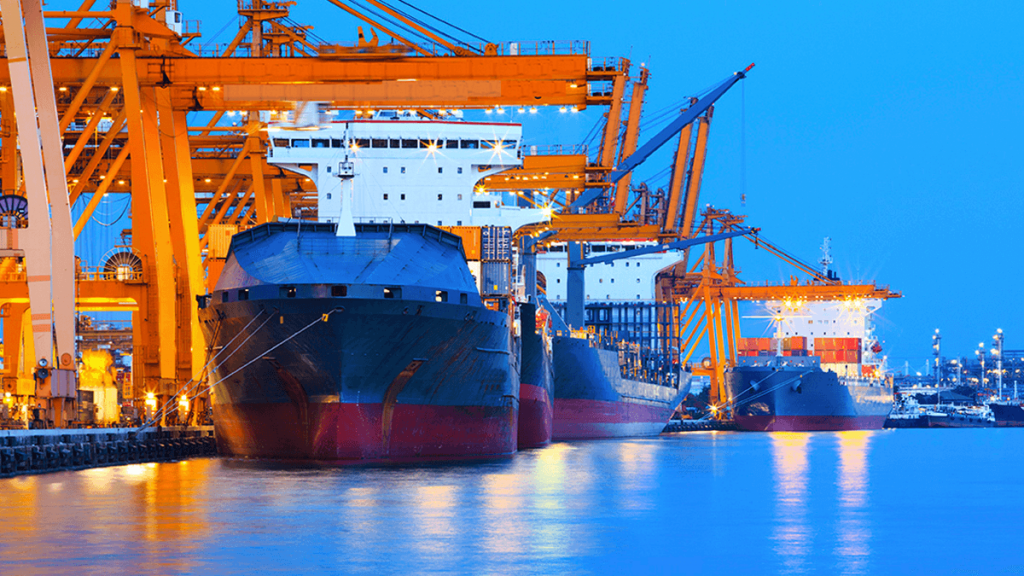
- Make sure that every single document needed for Customs clearance is properly filled out and isn’t missing. Double-check documentation needed for export.
- Do your research on the most congested US ports. At the time of writing, West Coast ports are more congested as they receive cargo from Asia.
- Contact your shipping provider to get more information on port congestion and peak season surcharges. EasyHaul keeps pace with the industry and is ready to help you on the matter.
- Take some time to read our instructions if your shipment is held by Customs on the US side.
- If your vehicle is subjected to congestion at the port, keep calm and continue monitoring your car’s shipping status in real-time. We’ll notify you about tracking status changes via SMS.
Bottom Line
International auto shipping is an easy task for EasyHaul. Start with an instant shipping quote by entering your vehicle’s VIN and the destination country to get the price for our shipping services. You’ll also have to enter the vehicle’s location if you don’t use integrated auction shipping from auctions like AutoBidMaster and Salvagebid. To complete your order, register with us. Step two is to upload a copy of your passport or government-issued ID along with your phone number. Enter the consignee’s information and upload a copy of the original Bill of Sale if you’re shipping straight from a car auction. The final step is to place your order, the rest we’ll do for you. Don’t hesitate to get ahold of us with your questions at + 1 (360) 776-3596 (6:00 AM – 4:00 PM Pacific Standard Time, Monday to Friday).

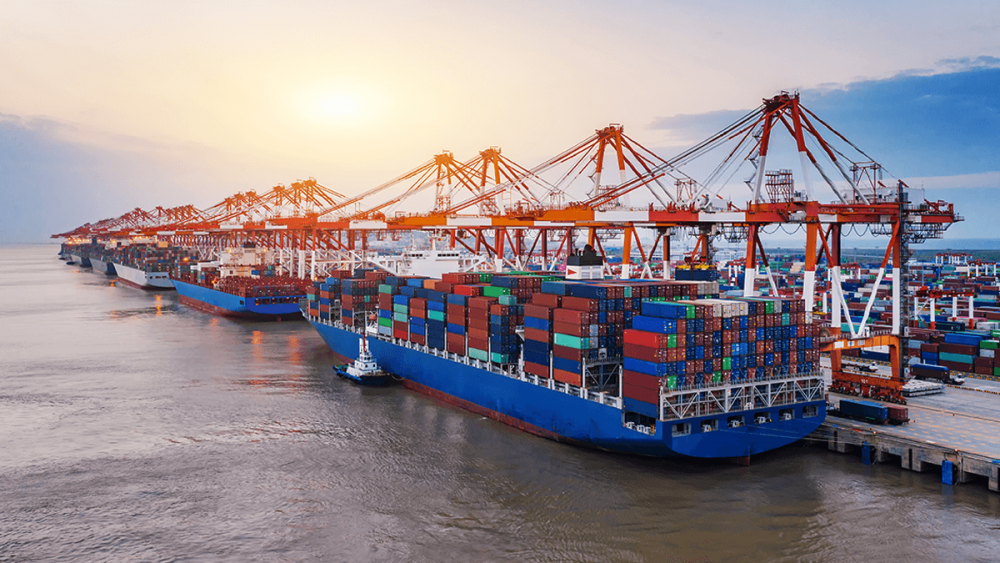
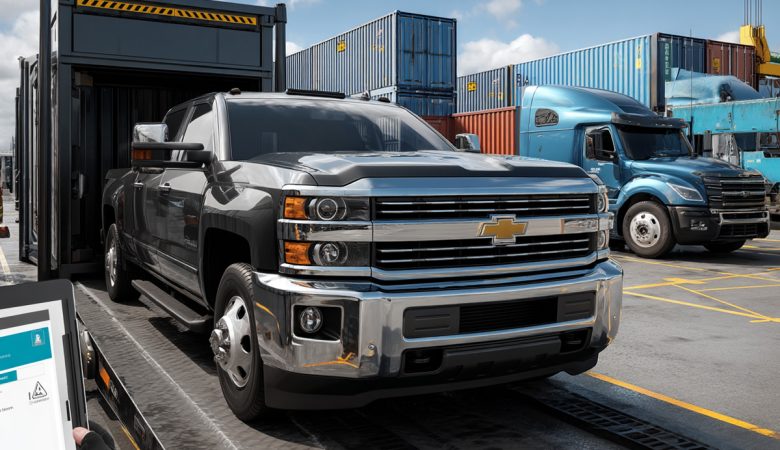
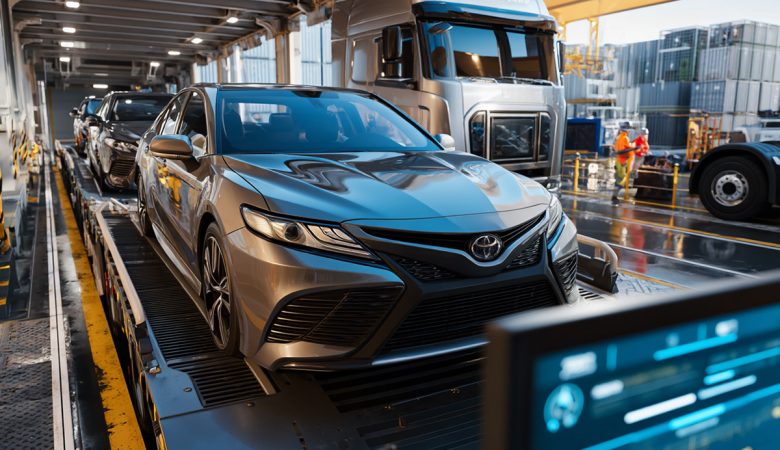
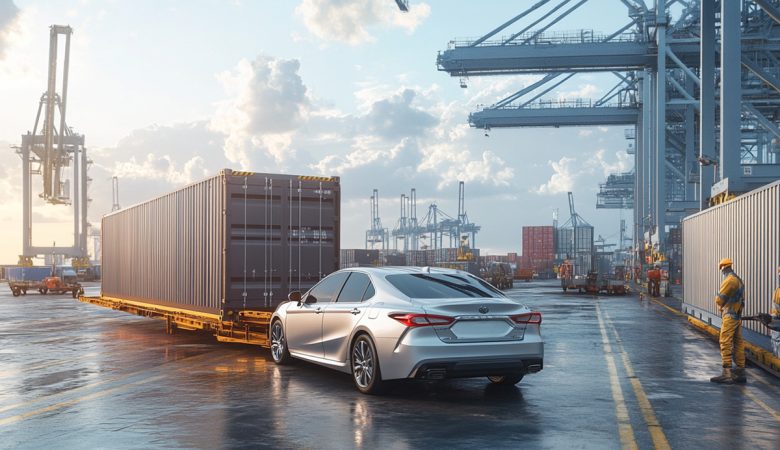
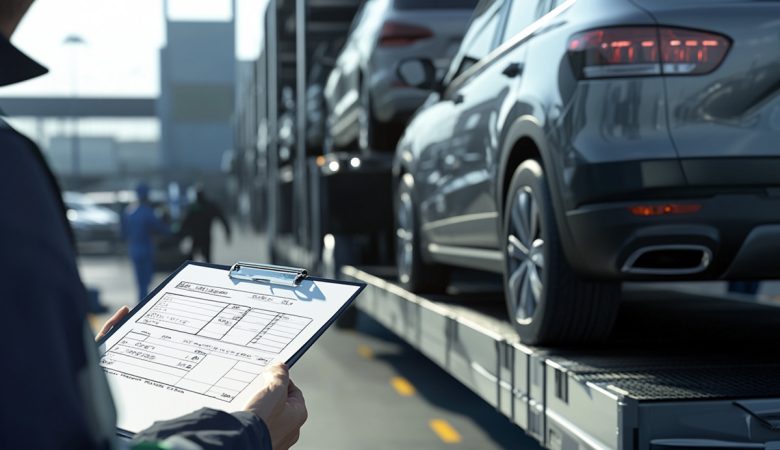
Leave a Reply
You must be logged in to post a comment.